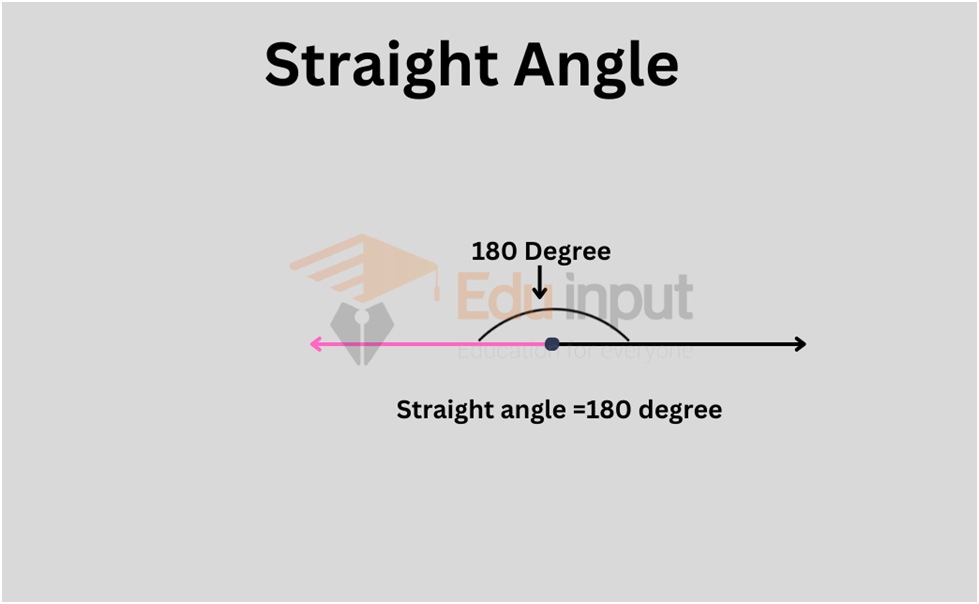Quadrant Mean in Math
A quadrant is a region of the coordinate plane defined by the two axes, the x-axis, and y-axis. When the axes intersect at right angles, the four resulting quadrants contain both positive and negative values of the x- and y-coordinates. These coordinates represent the position of a point within a quadrant.
What is Quadrant?
The axes (x-axis and y-axis) of a two-dimensional Cartesian plane system divide the plane into four infinite regions called quadrants. The horizontal line or x-axis and the vertical line or y-axis intersect each other at the right angle. The intersection of two lines is known as the reference point. All measurements are done by using a chosen point as the starting point in a coordinate system
The quadrants are the four sections that are formed when the x-axis and y-axis intersect each other on a cartesian plane.
Four Quadrants in Coordinate Plane
The graph is divided into four quadrants, based on the values of the x and y axes.
1st Quadrants: The upper right-hand corner of the graph is the first quadrant. In this quadrant the values of x and y both are positive.
2nd Quadrants: The upper left-hand corner of the graph is the second quadrant. In this quadrant, the value of x is negative and the value of y is positive.
3rd Quadrants: The lower left-hand corner of the graph is the third quadrant. It contains the negative values of both x and y.
4th Quadrants: The fourth quarter is at the lower right-hand corner, with a positive value of x and a negative value of y.

Sign of convention in Quadrants
When we observe the XY plane, we can see that the value of x on the horizontal line (or x-axis) increases as we move from left to right. Similarly, the value of y on the vertical line (or y-axis) increases as we move from down to up. Since the plane is divided into four quadrants, each point on a quadrant will have different signs for x and y.
| Quadrants | x-coordinate | y-coordinate |
| 1stQuadrant | Positive(+) | Positive(+) |
| 2ndQuadant | Negative( -) | Positive(+) |
| 3rdQuadrant | Negative(-) | Negative(-) |
| 4thQuadrant | Positive(+) | Negative(-) |
What is origin?
The origin is the point of intersection of the x-axis and y-axis in a cartesian plane. The origin is represented by the point (0,0). This means that the values of x and y at the origin are equal to 0.
Plotting points on Quadrants
As we know, in a cartesian plane, the points are defined by the x-axis and y-axis. The points are represented by the ordered pair (x, y), where x is the x-coordinate (also called abscissa) and y is the y-coordinate (also called ordinate).
To plot the point in a quadrant, we need to check the sign of these coordinates. The coordinates x and y will represent the distance of the point from the x-axis and y-axis, respectively. If both coordinates are positive, then the point lies in quadrant I. If the x coordinate is negative and the y coordinate is positive, then the point lies in quadrant II. If both coordinates are negative, then the point lies in quadrant III. Lastly, if the x coordinate is positive and the y coordinate is negative, then the point lies in quadrant IV.
For example, we need to plot a point (-3, -4) in the cartesian plane. By the signs of coordinates of the point, we can observe, that the point is in the 3rd quadrant. Hence, it will be at a distance of 3 from the x-axis and 4 from the y-axis, taking the origin as a reference point
Trigonometric values in Different Quadrants
| Trigonometric Function | 1st Quadrant | 2nd Quadrant | 3rd Quadrant | 4th Quadrant |
| Sin | +ve | +ve | -ve | -ve |
| Cos | +ve | -Ve | -ve | +ve |
| Tan | +ve | -ve | +ve | -ve |
| Cot | +ve | -ve | +ve | -ve |
| sec | +ve | -ve | -ve | +ve |
| cosec | +ve | +ve | -ve | -ve |

 written by
written by 




Leave a Reply